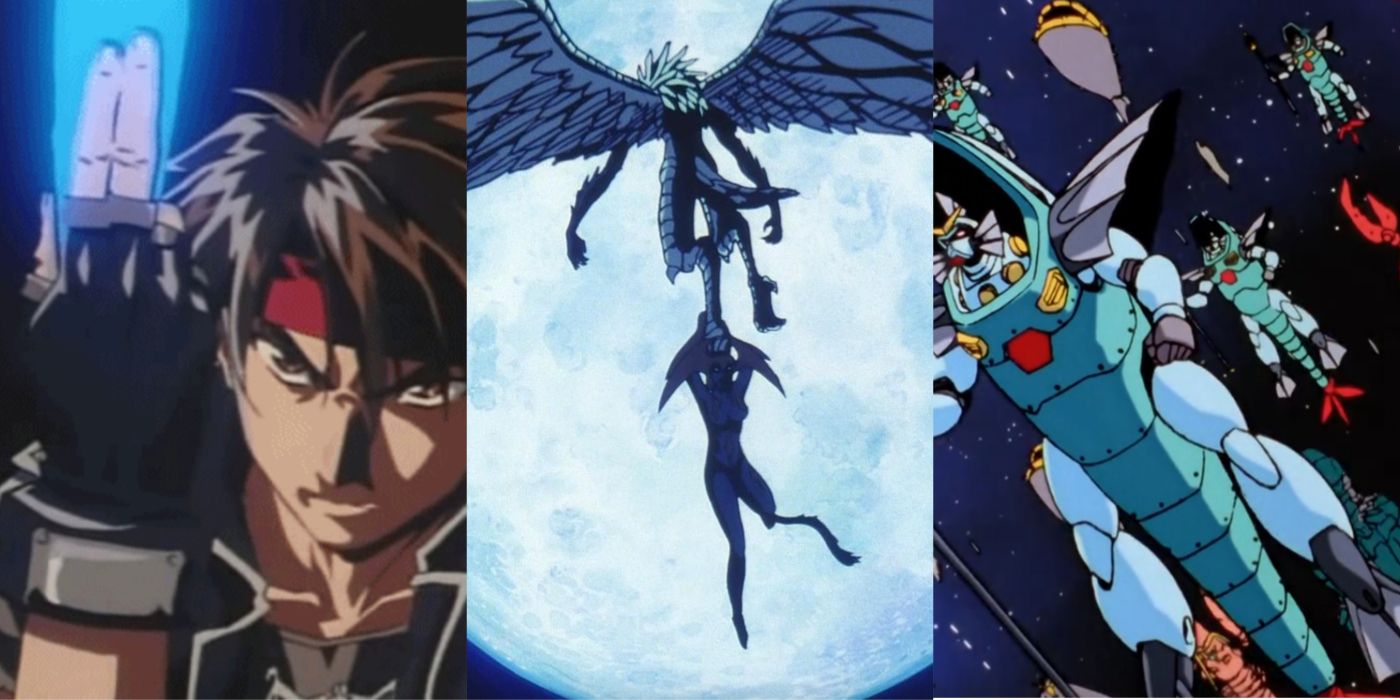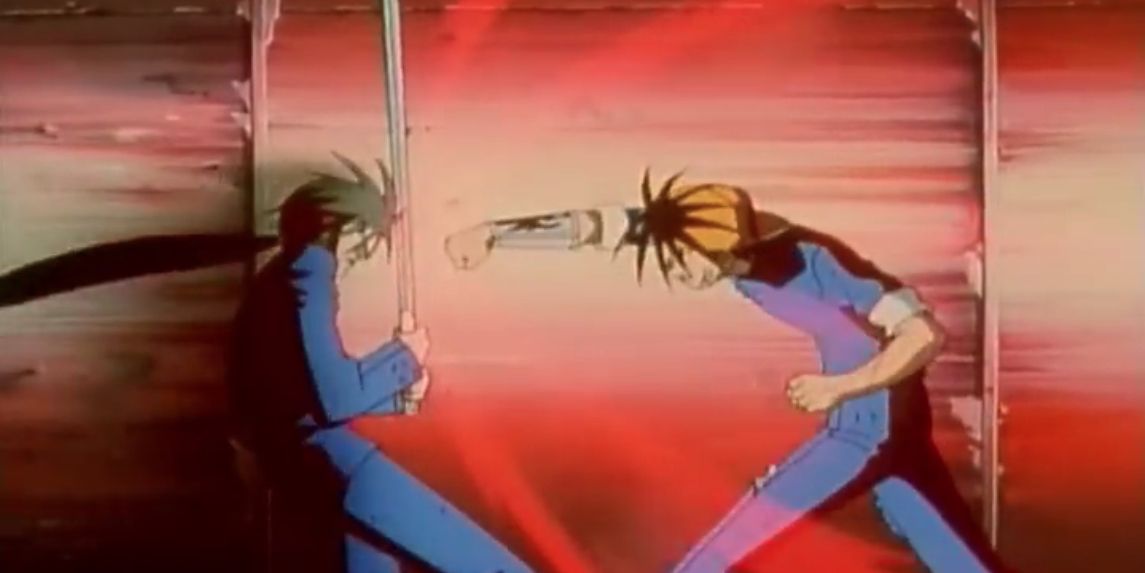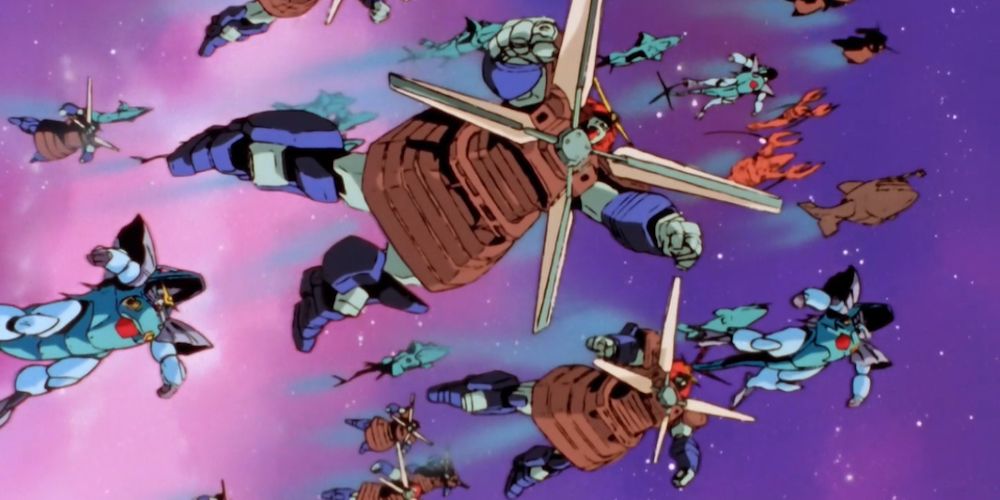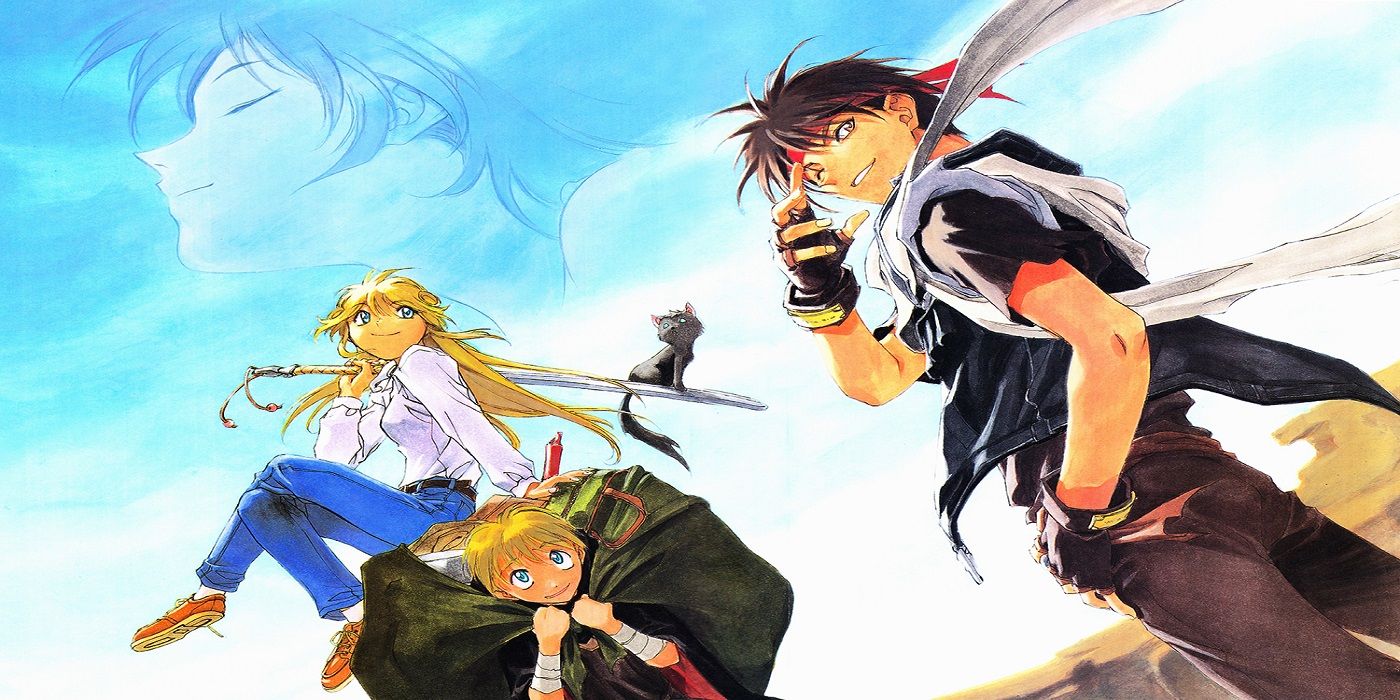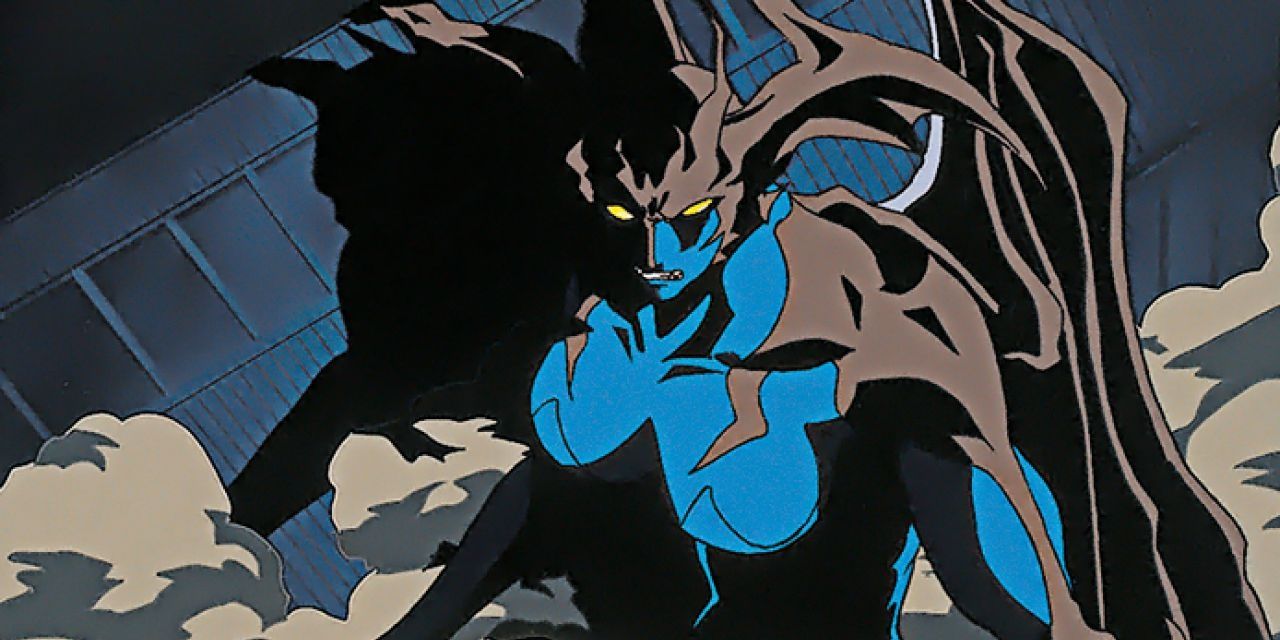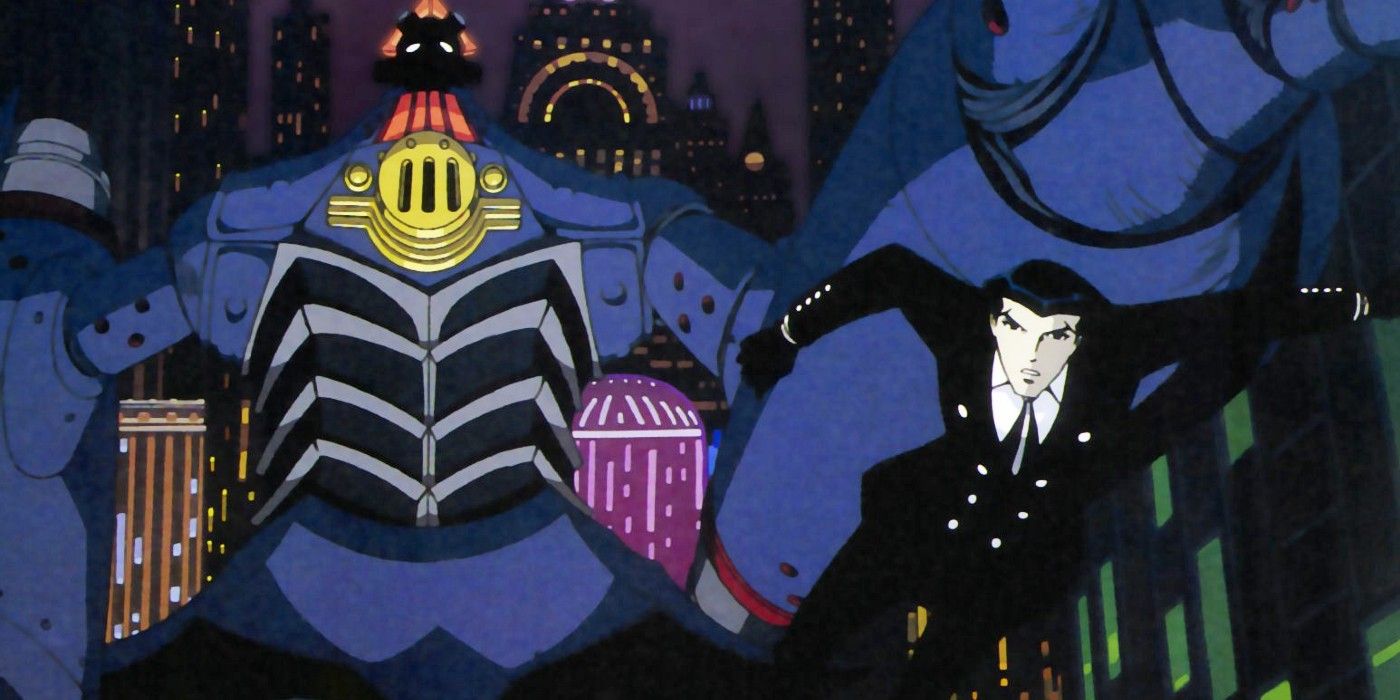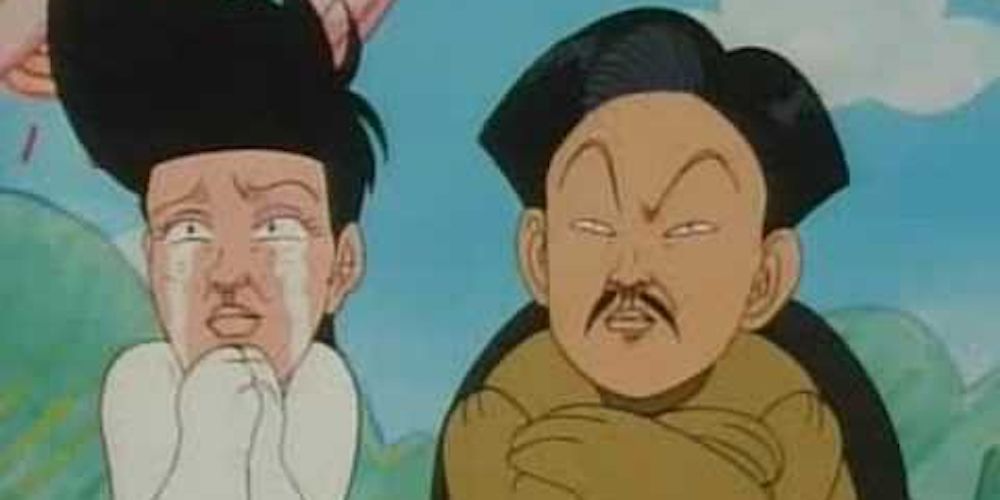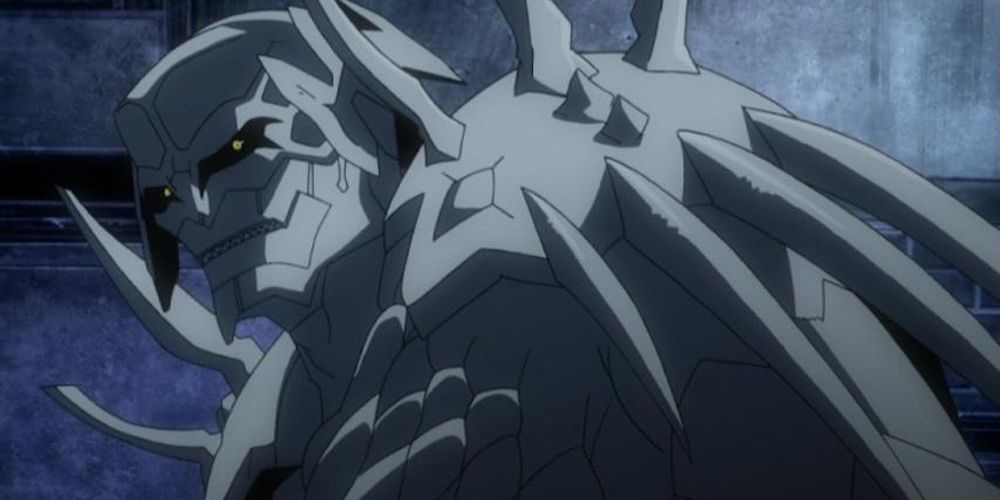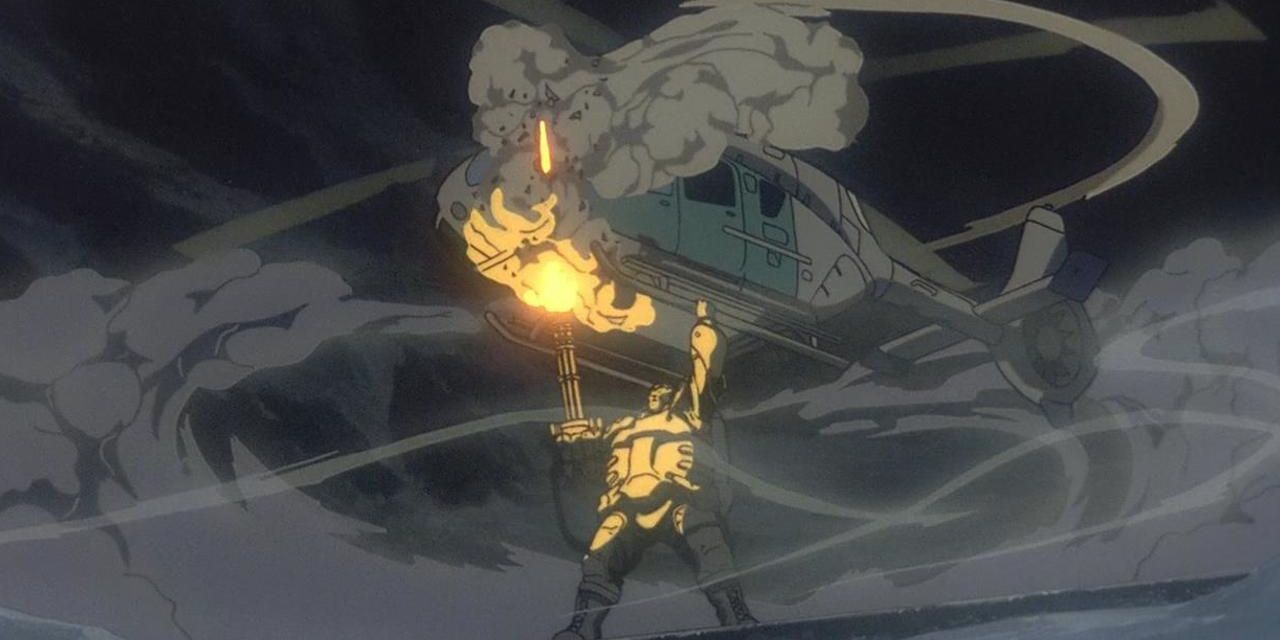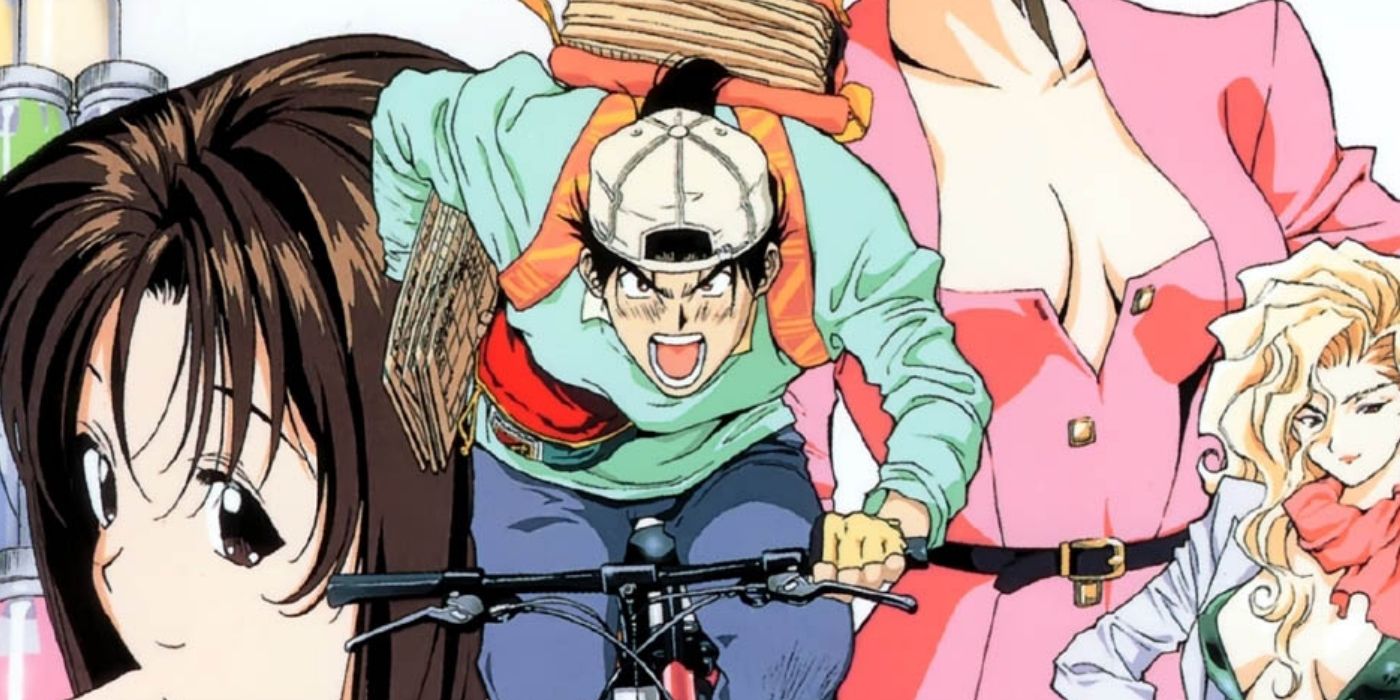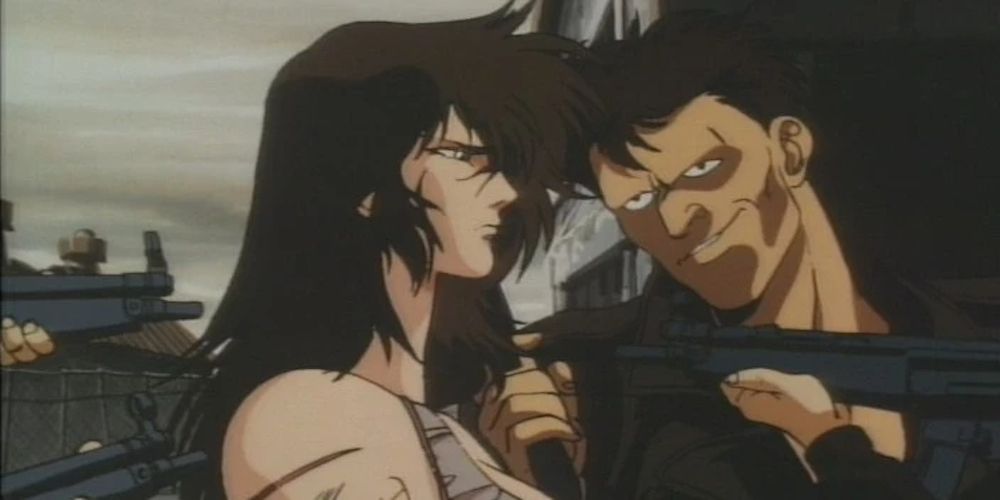There have never been more options when it comes to the wide array of content that's available to experience in anime. Anime has the capacity to create stunning visual masterpieces, but these narratives also embrace eclectic genres that often make it feel like there's an anime out there for everyone.
Anime industry improvements over the past few decades have led to groundbreaking programs that would have previously been impossible. That being said, it's important to not dismiss the past and there are some iconic properties that made their debuts back in the 1990s. Some of these titles have polarizing reputations or are steeped in the past, but there are also lots of quality programs that are deserving of a deeper look.
10 Flame Of Recca Is Addictive Shonen Storytelling With None Of The Fat
The 1990s are a decade that is completely dense with shonen series and some of the biggest programs from the genre, like Dragon Ball Z, Yu Yu Hakusho, and Ranma ½ are all products of the '90s.
Flame of Recca is a 42-episode series that forges its own path, but frequently gets dismissed for its shorter length and how it pales in comparison to the decade's shonen juggernauts. Recca Hanabishi's earnest journey to embrace his newfound ninja legacy and fire abilities translate to engaging storytelling and consistent fight sequences.
9 Mobile Fighter G Gundam Turns The Mecha Series Into A Playful Battle Shonen Series
The Mobile Suit Gundam franchise has been around for more than 40 years, and it's still considered to be the apex of the mecha genre. The '90s were a decade of change for Gundam and some of the riskiest programs were produced during that time.
Mobile Fighter G Gundam first entered orbit in 1994 and the 49-episode series has more in common with a battle shonen series than a serious mecha space opera. The lighter tone and tournament setting is a jarring transition, but it results in one of the most creatively free Gundam series. The radical mecha models and ideas that turn up in G Gundam must be seen to be believed.
8 Sorcerous Stabber Orphen Finds A Clever Spin For The Fantasy Genre
Anime has a fantastic ability to re-contextualize fantasy figures and roles into heroic action archetypes, which is the case with the bombastic Sorcerous Stabber Orphen. Initially based on a light novel series, Orphen received its first anime adaptation towards the end of the '90s, and it's a breath of fresh air when it comes to the action and supernatural series of the decade.
Orphen leans into comfortable shonen character tropes, but Orphen's journey remains entertaining, and the 1998 anime gets more criticism than it deserves. An anime remake, Sorcerous Stabber Orphen: Battle of Kimluck, recently debuted in 2020 and many think that it fails to reach the same heights as its '90s counterpart.
7 Devil Lady Reinvents The Horror Franchise With Its Female Point Of View
Go Nagai is a highly prolific name in the manga and anime industries. Nagai is responsible for several iconic franchises, but the Devilman series is frequently considered to be his magnum opus. There's a surprisingly dense connected universe to the world of Devilman.
Devil Lady is set after the events of Devilman and it more or less covers the same trajectory, only with a female protagonist named Jun Fudo. Devil Lady doesn't overextend itself at only 26 episodes, and it's one of the better expansions of Nagai's signature horror series. Upon its initial release, Devil Lady was viewed as more of the same, but it's proven its legacy over time.
6 The Big O Is A Stylized Combination Of Influences That Understands Its Mission
Many anime are cases of style over substance, but there are also just as many series that present challenging storytelling and characters who get ignored because of lackluster animation and aesthetics. The Big O is an anomaly from the end of the '90s that looks more inspired by Western animation from the 1960s and '70s, as well as the film noir and detective genres.
The Big O can be a bit abrasive as a retro mecha series with noir sensibilities, but it sticks the landing and presents some rewarding ideas. The Big O gained notoriety outside of Japan on the Toonami anime block, and it's this international success that helped the show eventually produce a second season.
5 The Ping-Pong Club Is The Hormonal Gag Comedy You Didn't Know You Needed
Comedy is prevalent in all forms of animation, but anime has a tendency to engage in extremely heightened gag and parody vehicles that dispense humor at a frequency that's almost overwhelming. The Ping-Pong Club is a 26-episode series that's perpetually obsessed with the awkward social dynamics of a group of teenage outcasts.
Hormonal anime comedies are nothing new, but the crude, clever combination of Ping-Pong Club feels akin to an anime version of South Park. The anime doesn't look like much and is easy to dismiss, but one episode will prove just how dense this series is with its gags.
4 Kite Shines A Light On A Girl's Lost Innocence & The Lengths She Takes To Survive
Kite is an hour-long OVA release that wades through some very adult subject matter, which has naturally pushed general audiences away. Taking a page out of the book of Leon: The Professional, Sawa is a teenage assassin who constantly immerses herself in death and sexual danger, all for the greater good of society.
Sawa's mission is bleak and Kite never shies away from this realization. It's a story that's hard to stomach, but one that evokes a powerful reaction from its audience because of the careful character work it displays. Kite is far from pleasant, but it's hard to call it a failure.
3 Spriggan Is An Underrated Cult Classic That's Even More Relevant Today
Spriggan is a biting condemnation of society that's set in a future dystopia that only further crumbles when put under pressure. The high-minded story involves the recovery of Noah's Ark and restarting humanity to cleanse the world of the mistakes that have already been made.
Spriggan is supervised and co-written by Akira's Katushiro Otomo and his influence is easy to identify in this contemplative masterpiece. Spriggan is set to receive a six-episode OVA remake in 2022, but it will be hard for it to top the visuals and economical storytelling of the 1998 feature film.
2 Golden Boy Curates Incredible Comedy Through Simple Means
Golden Boy is a six-episode OVA series from the '90s that has a very unassuming vibe due to its traditional anime and generic character designs. In reality, Golden Boy is an awkward comedy with scenarios that play out and dovetail together like something out of Seinfeld or Curb Your Enthusiasm.
The classical look of Golden Boy is hardly representative of just how heightened its humor and situations become over the course of its six episodes. Golden Boy is a nostalgic blast from the past, but one where its humor is still as sharp as ever.
1 Violence Jack: Hell's Wind Celebrates The Excess Of The Decade
The 1980s and '90s are full of gratuitous anime that push the boundaries when it comes to grotesque violence, disturbing body horror, and heightened sexual interactions. Plenty of these offerings feel empty or have little to offer beyond their bloody transformations.
Violence Jack is an intentionally hyperbolic OVA series taking place in a ruined world where crime reigns. The first two Violence Jack installments are from the 1980s, but Hell's Wind kicks off the 1990s. In many ways, it's the most substantial of these mature experiments. Violence Jack: Hell's Wind can be appreciated as both a standalone piece of carnage and the conclusion to the story.

